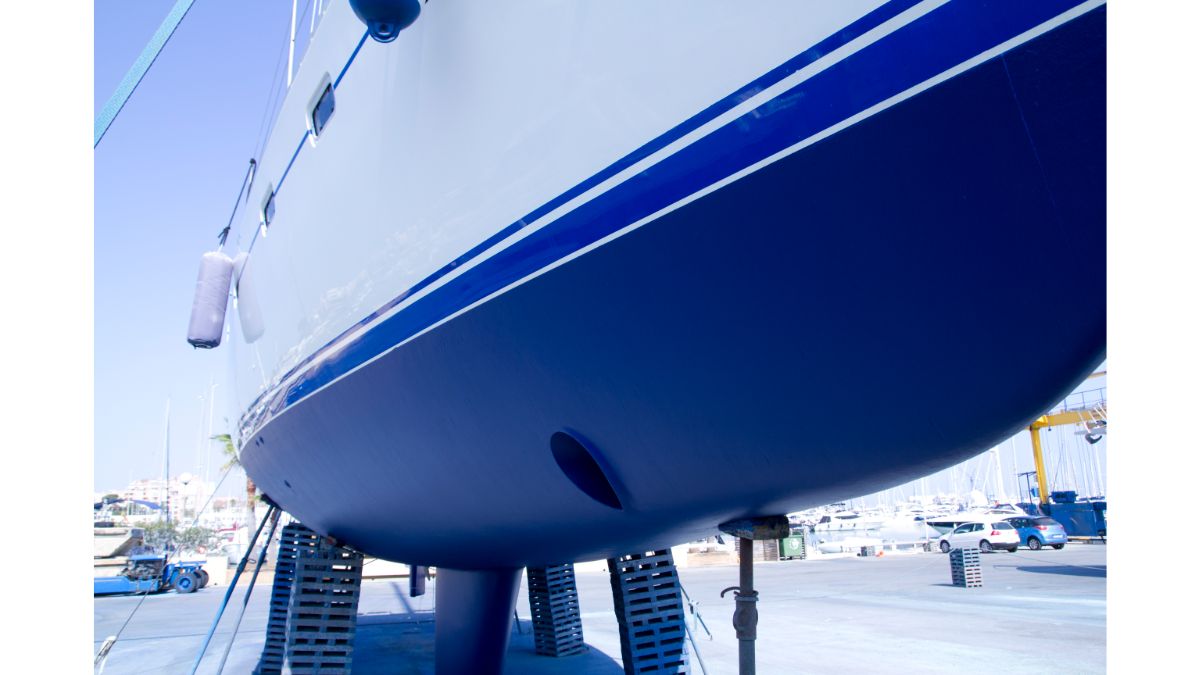International. A team of researchers develops a superhydrophobic surface with a stable plastron that can last for months underwater.
It is led by the Harvard John A. Paulson School of Engineering and Applied Sciences (SEAS), the Harvard Wyss Institute for Biologically Inspired Engineering, Friedrich-Alexander University-Universität Erlangen-Nürnberg in Germany, and Aalto University in Finland.
The team's overall strategy to create durable underwater superhydrophobic surfaces, which repel blood and drastically reduce or prevent the adhesion of bacterial and marine organisms such as barnacles and mussels, opens up a range of applications in biomedicine and industry.
A species of spider, known as the aquatic Argyroneta, lives its entire life underwater. It has millions of rough, water-repellent hairs that trap air around its body, creating an oxygen reservoir and acting as a barrier between the spider's lungs and the water. This thin layer of air is called plastron, and for decades materials scientists have tried to harness its protective effects.
Doing so could result in underwater superhydrophobic surfaces capable of preventing corrosion, bacterial growth, adhesion of marine organisms, chemical contamination, and other harmful effects of liquid on surfaces. But plastrons have proven to be very unstable underwater, keeping surfaces dry for only a few hours in the lab.
"Research into bioinspired materials is an extremely exciting area that continues to bring elegant solutions evolved in nature to the realm of man-made materials, allowing us to introduce new materials with never-before-seen properties," said Joanna Aizenberg, Amy Smith Berylson Professor of Materials Science and Professor of Chemistry and Chemical Biology at SEAS and co-author of the paper.
"This research exemplifies how discovering these principles can lead to the development of surfaces that maintain superhydrophobicity underwater," Aizenberg added.
One of the biggest problems with plastrons is that they need rough surfaces to form, like the hair of aquatic Argyroneta. But this roughness makes the surface mechanically unstable and susceptible to any small disturbance of temperature, pressure, or small defect.
Aerophilic surface area
Current techniques for evaluating artificially created superhydrophobic surfaces only take into account two parameters, which does not provide enough information about the stability of the underwater air plastron. The teams identified a larger group of parameters, including information on surface roughness, hydrophobicity of surface molecules, plastron coverage, and contact angles, which, when combined with thermodynamic theory, allowed them to determine whether the air plastron would be stable.
Using this new method and a simple manufacturing technique, the team designed the so-called aerophilic surface from an inexpensive, commonly used titanium alloy with a durable plastron that kept the surface dry thousands of hours longer than previous experiments and even longer than the plastron of living species.
"We used a characterization method suggested by theorists 20 years ago to show that our surface is stable, meaning that not only have we created a new type of extremely repellent and durable superhydrophobic surface, but we may also have a way to do it again with a different material," said Tesler, a former postdoctoral fellow at SEAS and the Wyss Institute and lead author of the paper.
To demonstrate the stability of the plastron, the researchers put the surface through the bell, bending it, twisting it, throwing it with hot and cold water, and polishing it with sand and steel to block the surface that remains aerophilic. He survived 208 days submerged in water and hundreds submerged in a petri dish with blood. It severely reduced the growth of E. coli and barnacles on its surface and completely stopped the adhesion of mussels.
"The stability, simplicity and scalability of this system make it valuable for real-world applications," said Stefan Kolle, a graduate student at SEAS and co-author of the paper.
"With the characterization approach shown here, we demonstrate a simple toolset that allows you to optimize your superhydrophobic surface to achieve stability, which dramatically changes your application space," he said.
That application space includes biomedical applications, where it could be used to reduce infection after surgery or as biodegradable implants such as stents. It also includes subsea applications, where it could prevent corrosion in pipelines and sensors.
In the future, it could even be used in combination with the super-slippery coating known as SLIPS, the liquid-infused slippery porous surfaces, developed by Aizenberg and his team more than a decade ago, to further protect surfaces from contamination.


























Leave your comment